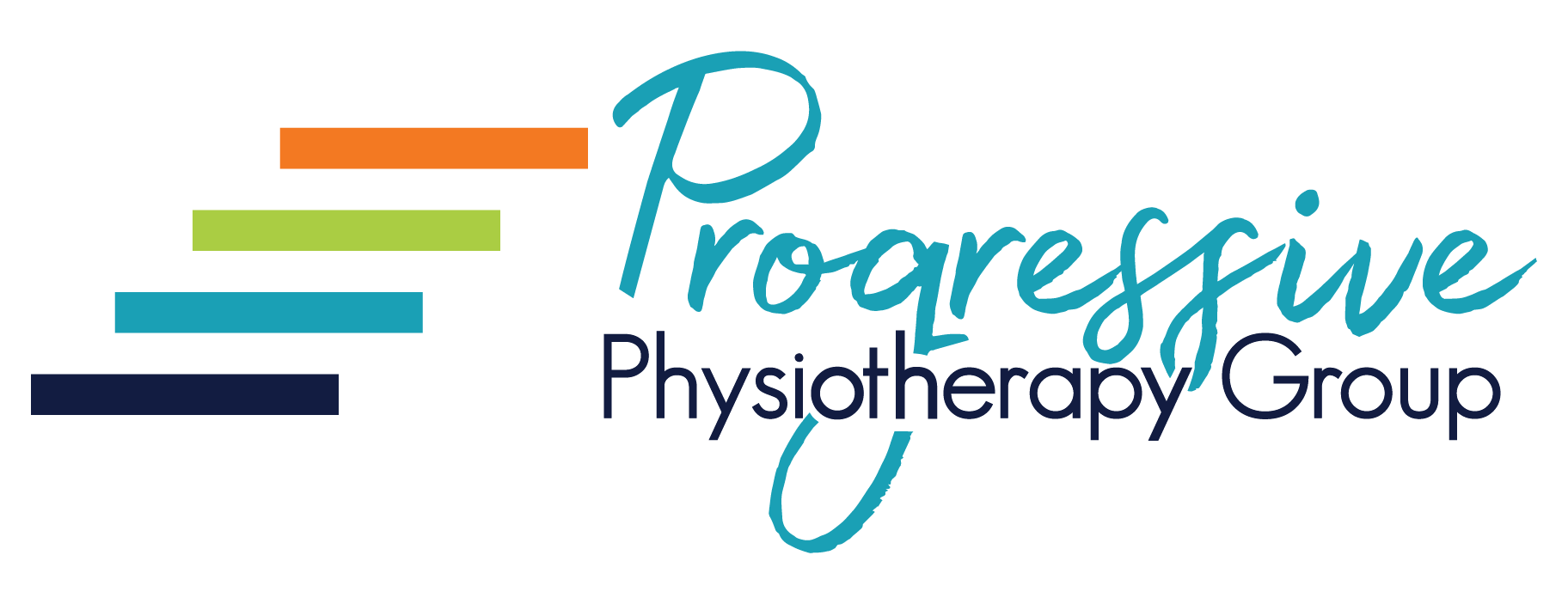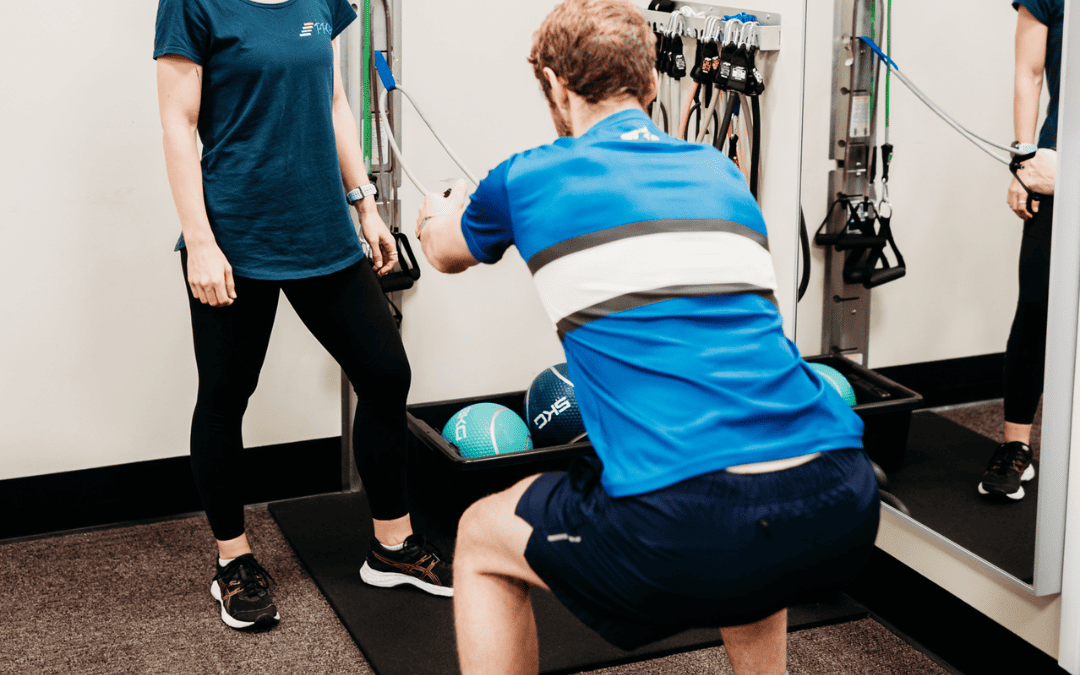Have you been told you have cardiovascular disease?
It’s quite common, around 1 in 6 Aussies have cardiovascular disease. It’s a group of disorders that affect the heart and blood vessels which commonly lead to a heart attack or stroke. This may be high-blood pressure, high cholesterol levels or an A-typical heart rate or rhythm.
Don’t worry though! We have some good news… exercise is both a prevention and treatment.
Exercise, and any physical activity, works your heart and blood vessels and trains them to be stronger and more efficient. This improves the blood flow and keeps your blood vessels flexible. This in turn reduces the risk factors of high blood pressure and/or cholesterol levels. If you have diabetes or are pre-diabetic, exercise can also help improve blood glucose levels and reduce stress levels.
What if I have had a serious event?
Heart Attack or Stroke? Angina? Open Heart Surgery? Angioplasties and Stents? Yes, Exercise is safe and one of the best ways to recover from a cardiovascular event and get you back to doing the things you love.
You may have received some exercises as part of an out-patient rehabilitation program after your stay in hospital. Not everyone will have this, so don’t worry if you haven’t received a rehab program. Either way, it’s important to consider an ongoing exercise program as part of your long-term recovery, especially if you are looking to improve your health to prevent any events from reoccurring.
MYTH: Exercise is not safe if you have heart disease.
FACT: Your heart is a muscle and is designed to workout. Exercise helps keep the heart healthy and strong, even after heart attacks or previous damage. It’s all about finding the right intensity that suits you (this is where a professional, like an Exercise Physiologist, can help).
Returning to exercise can be difficult and scary after a serious health event. There are a few extra safety precautions that need to be put into place, which a qualified health professional can help you start.
How much exercise should I do after a serious health event?
Exercise Sports Science Australia and the current best evidence recommends you should be undertaking some form of strength and resistance training 2-3 days a week, focusing on building muscle strength and size. Exercises should aim to target major muscle groups, performing 2-4 sets of 8-15 repetitions.
It is also recommended to undertake aerobic training for 30-60mins most days of the week. This can be a combination for moderate to vigorous exercise. Activities such as walking, running, swimming, bike riding, (anything that makes you huff and puff).
The key is exercising at the right intensity for you. If you are over 60, Balance and coordination specific training is also recommended 1-2 times a week.
So when is it UN-SAFE to exercise?
While we love to see you moving, there are times when it is unsafe to exercise and it’s important that you listen to your body. Avoid exercise if:
- You do NOT have a medical clearance from your GP.
- Your resting blood pressure measure is over 200/110mmHg, or reaches over 250/115mmHg when exercising.
- Your resting heart rate is over 125 bpm after 10 minutes of sitting down and resting.
- You have unstable angina, or experience a severe angina attack during exercise
- You are experiencing any chest pain, shortness of breath, dizziness or high levels of fatigue before you start exercising, best to skip the workout and call your doctor.
If you’re a beginner, the key is to start slowly and seek assistance from a qualified health professional – prescribing the right exercises and intensity who can monitor your response to exercise as you start.
Get started
If you’d like to learn how to exercise in a safe setting and in a way that’s safe for you and your heart, book with Molly, our Exercise Physiologist. Molly is qualified to discuss your health conditions and tailor a program to help you to exercise safely.
To get started, book an initial consultation with Molly or call 0497 111 127 to chat to any of the team.

